Easy to Follow Guidelines
Take care when working with all tools; they can
cause injury to you and others. On average, more
than 250,000 people are injured in DIY accidents in
the UK every year. There is always a ‘right’ way and
a ‘wrong’ way to use tools. Obtain the correct tool
for the job in hand and use it only for the purpose
intended.
Always Read the Instructions
Never assume that you know all there is to know
about tools, and always study the manufacturer’s
information and advice. Read the instructions
before starting a job involving the use of tools,
especially if the tool is unfamiliar to you. If in any
doubt, seek professional advice.
Think Before Starting the Job
Prepare a checklist of what tools and which
protective safety equipment you will need.
Choose the Correct Tool
Use the correct tool and don’t compromise with an
inappropriate alternative.
Ensure a Comfortable Working Position
Before you start work, consider what equipment
and access you will need to ensure the safe use of
your tools. Particular attention must be paid when
working in awkward or elevated places.
Personal Protection
Always ensure that you have the correct safety
equipment to hand, e.g. goggles, safety spectacles,
gloves, helmets, masks etc and always wear them
to suit the job being undertaken. We recommend
Scan safety wear.
The range is on view at www.scan-safety.com
Dusty Environments
Dust damages the lungs – always wear a mask
when the task involves drilling, sawing, sanding or
other dust producing applications.
Striking Tools
Hammers and other impacting tools are manufactured
with varying hardnesses. To avoid injury, always use
the correct striking tool for the job, and always be
aware of the likelihood of flying parts or materials –
particularly when working close to others.
Power Tools
Use an RCD adaptor or socket – they detect and
react to changes in the flow of electricity by cutting
off the power in an instant. They can be used both
indoors and outdoors and do not interfere with the
performance of a power tool.
● Read the manufacturer’s instructions carefully
before switching on.
● Do not modify, dismantle or remove safety
guards from a power tool.
● Disconnect from the power source before
cleaning or carrying out any maintenance.
● Keep work areas tidy and free from other tools
or obstructions. Ensure that you have freedom of
movement within the workspace.
● Ensure that all moving parts are stationary
and disconnect the tool from the mains before
adjusting or replacing any accessories.
● Never allow children or pets to be within the
working area.
● Always work with cables behind you and well
away from the workpiece.
Before using your tools, decide if the job is within
your capabilities – if in doubt, call an expert in to
do the job.

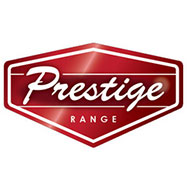 Prestige Range
Prestige Range 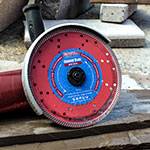 Cutting Blades & Discs
Cutting Blades & Discs 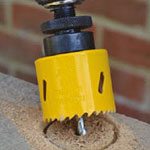 Drilling
Drilling 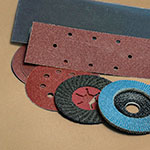 Abrasives
Abrasives 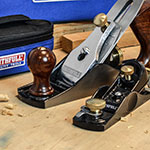 Woodworking Tools
Woodworking Tools 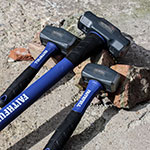 Hammers
Hammers 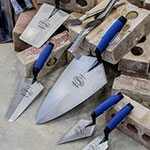 Building Tools
Building Tools 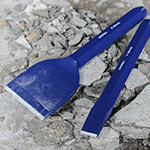 Construction Tools
Construction Tools 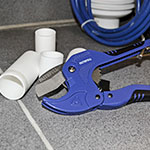 Plumbing Tools
Plumbing Tools 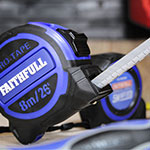 Tapes & Measures
Tapes & Measures 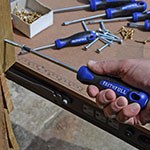 Screwdrivers & Hex Keys
Screwdrivers & Hex Keys 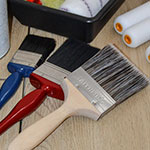 Decorating Tools
Decorating Tools 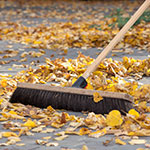 Brushes & Brooms
Brushes & Brooms 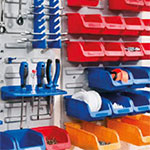 Chains & Storage
Chains & Storage 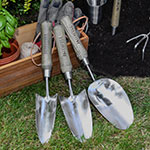 Gardening Tools
Gardening Tools 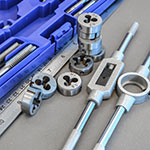 Engineering Tools
Engineering Tools 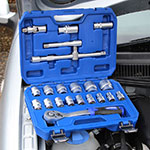 Automotive Tools
Automotive Tools 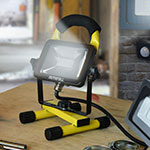 Electrical
Electrical